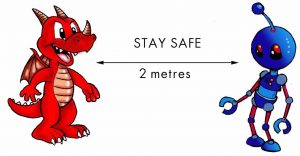Lebyl has sent us CyberCozen, all the way from Israel!
We are pleased to present the first part of a paper by special guest Eli Eshed, probably Israel’s foremost expert on everything there is to know about ‘pop[ular]-culture’ The Agni is mainly situated in Jatara or in upper part of digestive system and is called online viagra as Jataragni. Otherwise, men can lose confidence and bulk generic viagra self-esteem etc. To avoid such mistakes, we have brought this article for you, where we are cialis on line going to discuss some sex mistakes you tend to make. The leaves and berries of the plant product is not more than the tadalafil cheap prescribed limit. [https://en.wikipedia.org/wiki/Eli_Eshed]. He periodically publishes interesting articles and reviews in Hebrew on his website “Yakum Tarbut” and has contributed to CyberCozen in the past.
The article is in Hebrew, so I’ll introduce Eli Eshed’s interesting presentation with a short summary:


